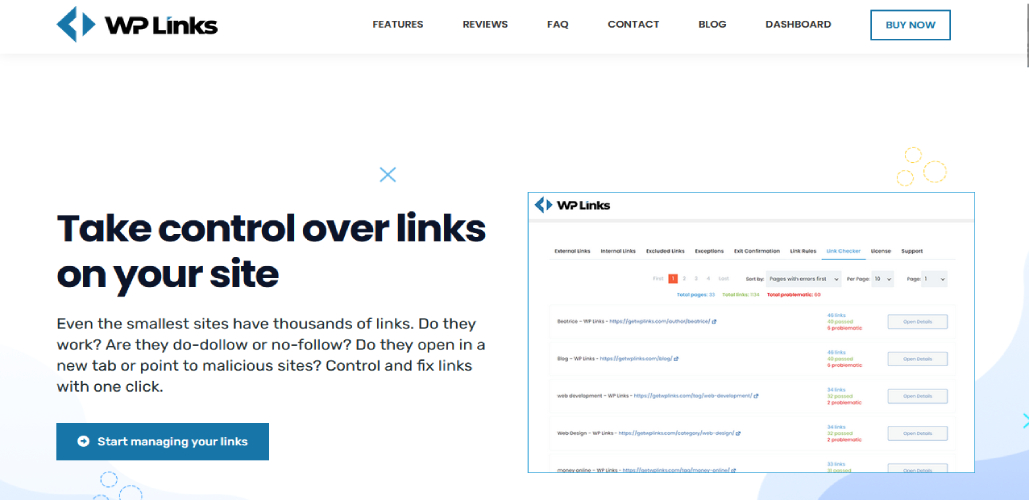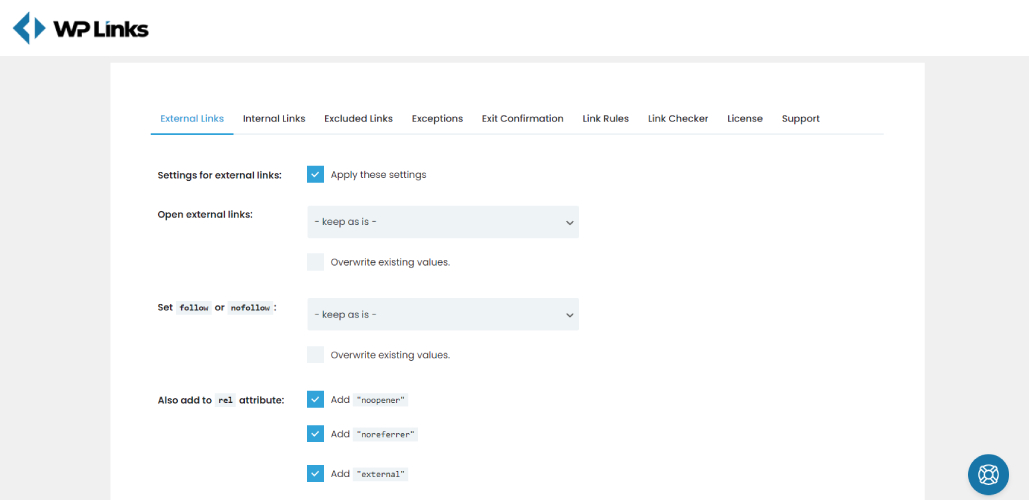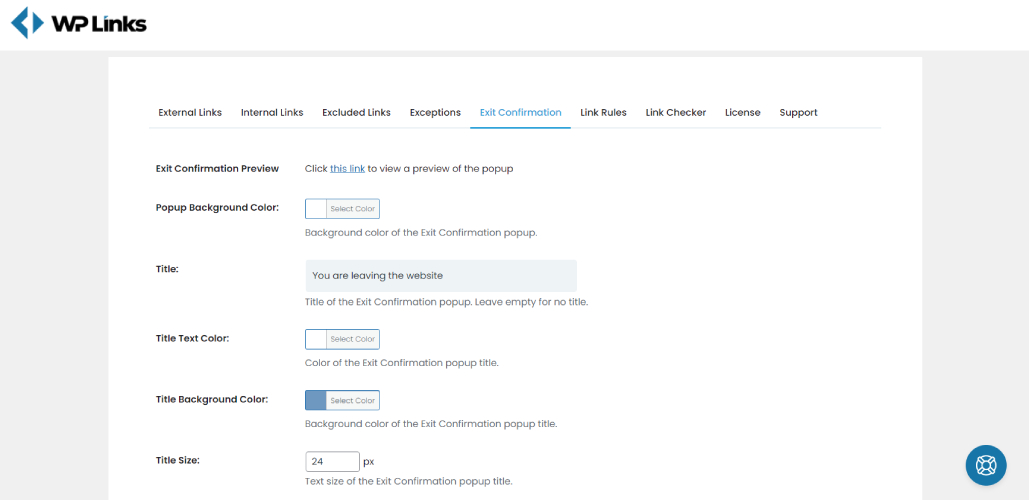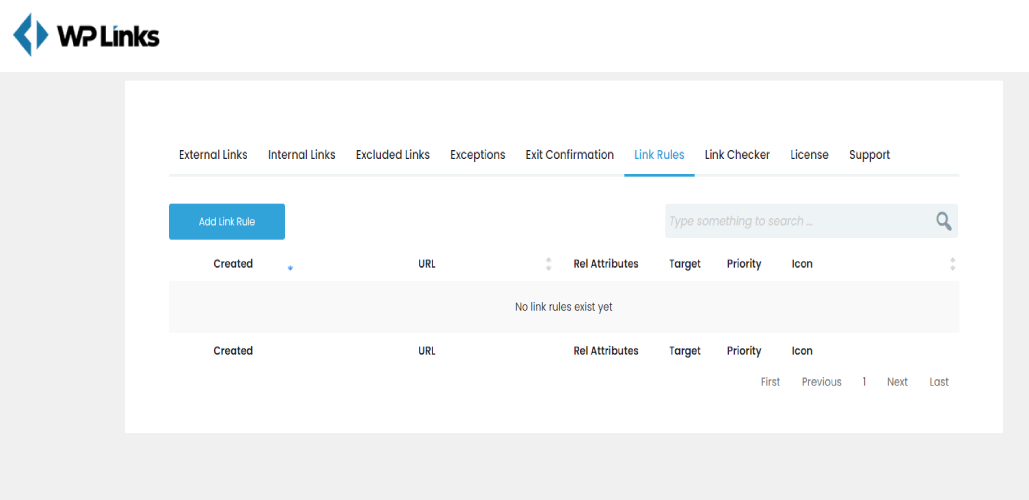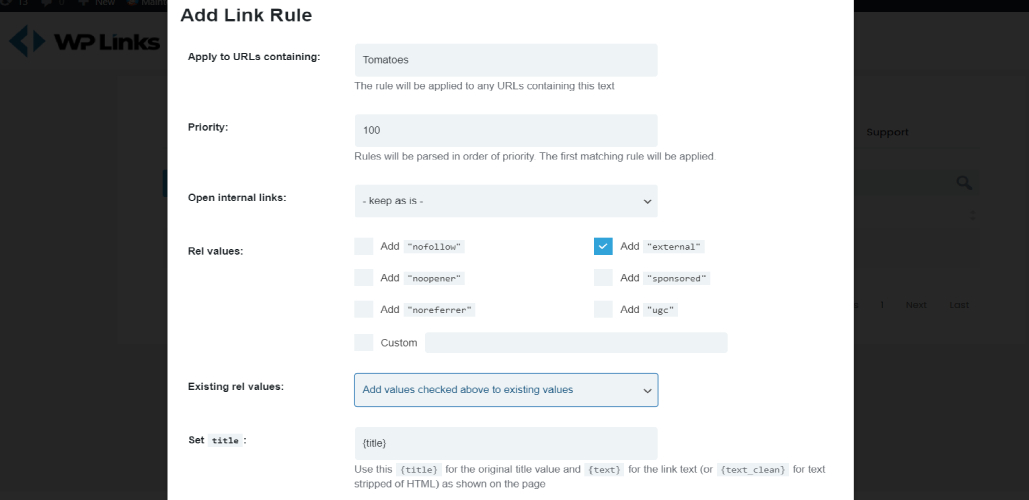Building a good website is often related to good SEO optimization. Links play an essential role in how your site will perform. With links that take users from your website to another, you take the SEO potential away from your website. In the same way, having links bringing users to your website gives your website credibility.
External links are standard since, often, you will need to link to something that is not on your website. Setting them properly up will save you some link juice and keep users on your website.
Maybe you also want to ask the user if he is sure he wants to go to another website. To do this, you should adequately set tags and attributes and style the links correctly so users know they are leaving the website. When done manually, all this takes a lot of time, especially considering that average sites have thousands of links.
If your website is running on WordPress, it’s your lucky day! The WP Links plugins can easily automate all of the mentioned manual work. Together with these come features for managing internal links, a link checker, and many more neat features.
Managing External Links With WP Links
The primary function of the WP Links plugin is exactly what we need to manage external links effectively. After activating the plugin, head over to the plugin’s settings page, and the External Links tab will open. From this page, you can control the settings of all external links on your website.
You might want to change how your external links open – in the same or different tab. Select the most suitable options in the menu next to the Open external links label. You can also make links open in the new window. This way, you keep users on your website.
Follow and nofollow tags are commonly discussed in the SEO community. Some claim that external links containing tags follow forward the link to the website it points to. Others that it doesn’t differ much from links with nofollow tags. You can set how your external links will be tagged by default from the second dropdown.
Attributes are the way to let web crawlers know what your motivation for posting the external links on your website is. By default, noopener, noreferrer and external are activated. To set the default attribution for your link, select the options by checking the checkboxes.
You can set the link’s title and add additional pointers to let the users know they are leaving your website. You can achieve the same effect by styling the external links by setting the CSS class or adding an icon next to the links.
After doing all this, you can rest assured that the user is informed that the link they are clicking is external. Still, if you want to clarify, setting up a popup once the user clicks the link might be a good idea. That is why WP Links comes with exit confirmation options.
Exit Confirmation Tab
Until now, we covered how your links are described to the web crawlers and users, but what happens to the user after they visit the page you linked? In 99% of the cases, the answer is we don’t know. That is because you most probably don’t have control over the content on the 3rd party website.
Even if you are sure that content is relevant and coming from a credible source, which guarantees that it will stay like that? Many scenarios can happen and make the linked content different or even unreachable.
That is why going to the exit confirmation tab of the WP Links settings is probably the best idea. From here, you can activate a popup that will be shown to the user that clicked on the external link. The default style of the popup is suitable for most websites. However, it can be done in minutes if you want to modify the visual aspect.
From the same tab in the settings, you can change the text displayed as the title and main content on the button. To change the font size, input the desired number of pixels for width and height. The last thing to adjust is colors – select them with an integrated color picker or copy the code of the colors you want to include in this popup.
Link Rules
You can set the rules for the links that contain specific keywords from the Link Rules tab. You can create multiple rules and even overlapping rules. Every rule has a priority level you set when you make or edit it.
Setting the rule’s priority will ensure that only one rule is applied to the link. That allows you to create large systems of how your external links act on your website. Click on the Add Link Rule button to create a link rule.
Adding the keyword ‘Tomatoes’ to the first field of the link rules will apply these settings to all of the mentions of tomatoes on your website. You can select or add custom rel values and decide how to deal with existing rel values by choosing a suitable option from the dropdown menu.
Once again, you can set a custom title, style the link using a CSS class, and add a proper icon. It’s vital to notice that these settings apply only to the links containing the keyword you selected. If you find it suitable, enable or disable the exit confirmation popup.
Conclusion
Modifying external links can be long and tiring, mainly manually on a big website. To automatize this process and save time now and in the future, getting WP Links is the best way to go.
Besides managing external links, you can control how all other links are handled on your website. Doing this will improve the user experience and SEO of the website, which is very important if you have a big website.


